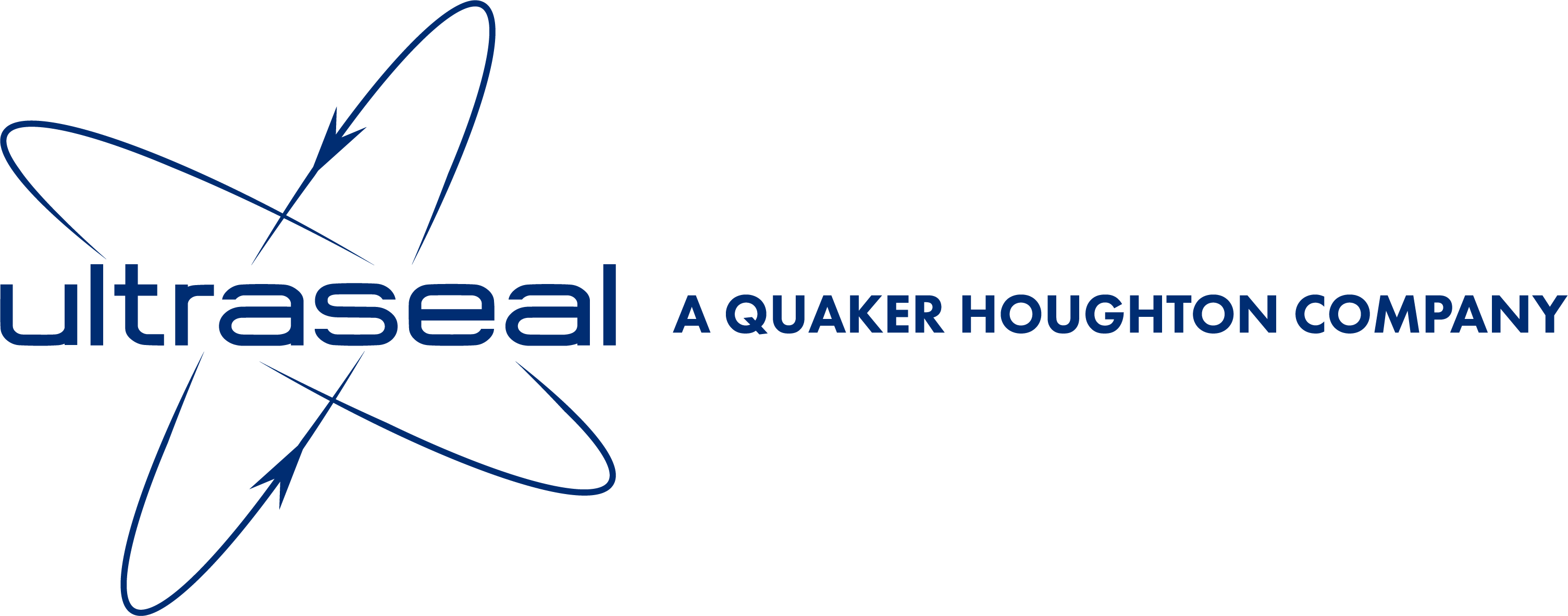Understanding The Vacuum Impregnation Process
What is Vacuum Impregnation?
Vacuum impregnation is a preferred, OEM approved method for sealing leak paths and porosity in metal castings, sintered metal parts and electrical components. Using specialist impregnation equipment, voids are filled with a chemically and thermally resistant polymer sealant under vacuum. This process seals porosity and leak paths within the component, making them leak free and suitable for production use, reducing scrap rates, improving productivity and quality.
The Vacuum Impregnation Process Explained
1. Impregnation
The impregnation stage is the first part of the porosity sealing process. Air is evacuated from the porosity under dry vacuum and a liquid sealant is drawn into the porosity, filling any voids and leak paths.
2. Drain
Once the sealant has filled the porosity the components are rotated to drain excess sealant.
3. Cold Wash
After the excess sealant has been drained, the components are rotated under a wash water solution to remove any excess sealant from external component surfaces.
4. Hot Cure
Finally, a hot cure cycle is used which polymerises the sealant, turning it from a liquid state to a solid polymer, sealing porosity and leak paths within the component.
For more information about the vacuum impregnation process, casting impregnation or guidance on the best porosity sealing solution for your business, please get in touch with the Ultraseal team.








